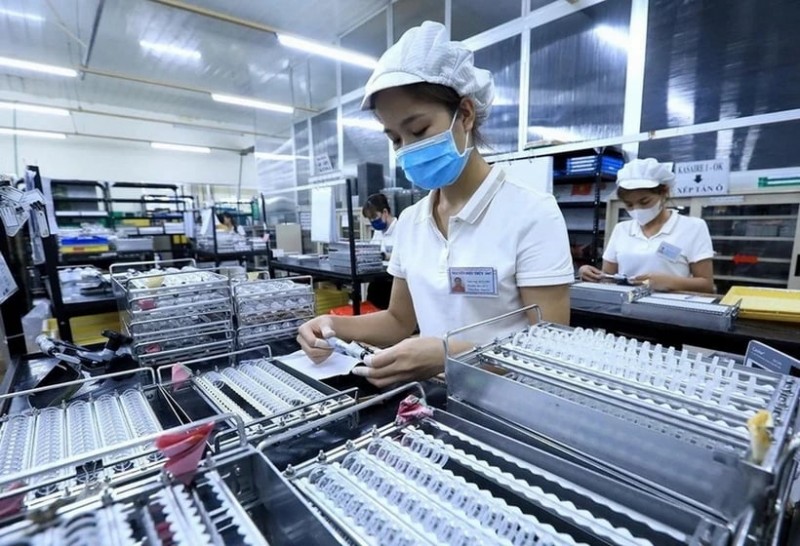 |
| Workers work at a FDI company. (Photo: Tuan Anh/VNA) |
In the 2020-2025 period, the total investment capital attracted to Ho Chi Minh City's export processing zones and industrial parks was more than 2.86 billion USD, reaching 114.59% of the target (2.5 billion USD).
Of which, foreign investment capital reached more than 935.3 million USD (including 75 newly licensed projects, attracting investment capital of more than 334.3 million USD); domestic investment capital reached more than 45,437 billion VND (equivalent to more than 1.9 billion USD), including 202 newly licensed projects, attracting investment capital of 37,894 billion VND, equivalent to more than 1.6 billion USD.
The above information was announced by the Management Board of Ho Chi Minh City Export Processing and Industrial Zones this morning, June 16.
Regarding the shift in investment structure, Mr. Le Van Thinh, Head of the Management Board of Export Processing and Industrial Zones of Ho Chi Minh City, said that in this period, investment attraction in export processing zones and industrial zones will be focused on depth, industries with high scientific and technological content and creating great added value such as: software industry, telecommunications, electronics and information technology, pharmaceutical industry; precision mechanics, electricity and electronics.
Specifically, there are 15 high-tech projects (accounting for 6% of newly attracted projects) with a total investment capital of 859.87 million USD, accounting for 44.17% of the total new investment capital of more than 1.9 billion USD.
Typical projects are VNG Corporation; Military Industry-Telecoms Group ( Viettel ), and multinational corporation Techtronics Industries Company PTE. LTD.
In particular, newly operational projects have also attracted more than 26,000 workers, creating 25,000 new jobs, bringing the total number of workers to more than 257,700 people.
“Most of the workforce is technically qualified, dynamic, disciplined, industrially minded and knowledgeable about the law, gradually approaching scientific and technological applications, adapting to the market economy and international integration trends. The rate of trained workers accounts for an average of over 85%. Many businesses have also proactively retrained their workers to suit the reality of the job; some businesses have a rate of university-educated workers of over 90%,” Mr. Thinh shared.
Regarding business development, creative startups and key product development, the Management Board of the zone has promoted support for business development and products in the rubber-plastic, mechanical-automation and food processing industries; prioritizing land allocation for key product development projects, using high technology, ensuring environmental criteria.
At the same time, orient the construction of industrial parks specializing in rubber-plastic products, mechanics-automation, and food processing in new industrial parks according to the Project "Orientation for the development of export processing zones and industrial parks in Ho Chi Minh City in the period of 2022-2030 and vision to 2045" of the city.
Regarding planning management and completion, infrastructure development of export processing zones and industrial parks, Mr. Thinh said that it is integrated into the Ho Chi Minh City Development Plan for the period 2021-2030, with a vision to 2050 according to Decision No. 1711/QD-TTg dated December 31, 2024 of the Prime Minister.
Specifically, maintaining 23 existing export processing zones and industrial parks with a total area of over 5,900 hectares, adding land fund for 10 newly established potential industrial parks with an area of about 2,465 hectares, bringing the total planned land area of the city's export processing zones and industrial parks to 8,369 hectares with 33 export processing zones and industrial parks.
To improve land use efficiency and meet the production and business requirements of enterprises, export processing zones and industrial parks have also developed more than 531,200 m2 of high-rise factories (5.3 times higher than the target); periodically maintain and repair technical infrastructure of the zones; focus on state management of construction order; and strengthen post-licensing inspection.
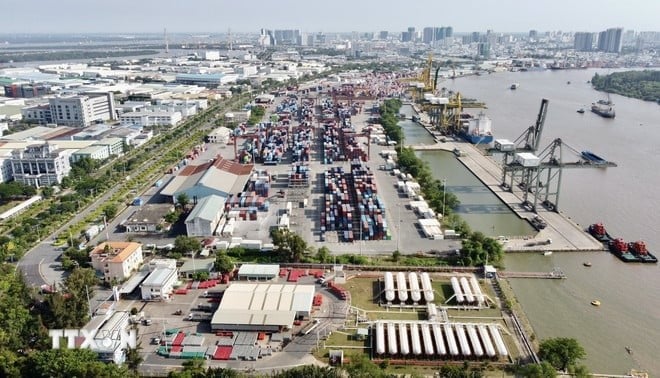 |
| Tan Thuan Export Processing Zone connects with Tan Thuan Port to form a production-export ecosystem of Ho Chi Minh City. (Photo: Trung Tuyen/VNA) |
All 17 operating export processing zones and industrial parks have also built 19 centralized wastewater treatment plants that meet environmental standards; installed an automatic monitoring system for the quality of treated wastewater, connected to the Environmental Monitoring Center (under the Department of Agriculture and Environment of the city); and developed a plan to prevent and respond to environmental incidents for the centralized wastewater treatment system.
In particular, the pilot conversion of Hiep Phuoc Industrial Park into an Eco-Industrial Park under the project of Deploying Eco-Industrial Parks in Vietnam following the approach from the global eco-industrial park program has achieved certain results.
To attract investment, the Management Board of the zones has also improved the effectiveness and efficiency of management, perfected the model of "one-stop, on-site management"; and promoted administrative reform.
Complete the rearrangement of the organizational structure and personnel; reduce from 8 to 6 departments, reduce 25% of focal points; strengthen the "one-stop-shop" mechanism; cut 30% of the time to handle administrative procedures, 12 administrative procedures in the investment sector and 1 in the labor sector.
According to Vietnamplus.vn
https://www.vietnamplus.vn/tp-ho-chi-minh-thu-hut-hon-286-ty-usd-vao-cac-khu-cong-nghiep-khu-che-xuat-post1044541.vnp
Source: https://thoidai.com.vn/tp-ho-chi-minh-thu-hut-hon-286-ty-usd-vao-cac-khu-cong-nghiep-khu-che-xuat-214263.html



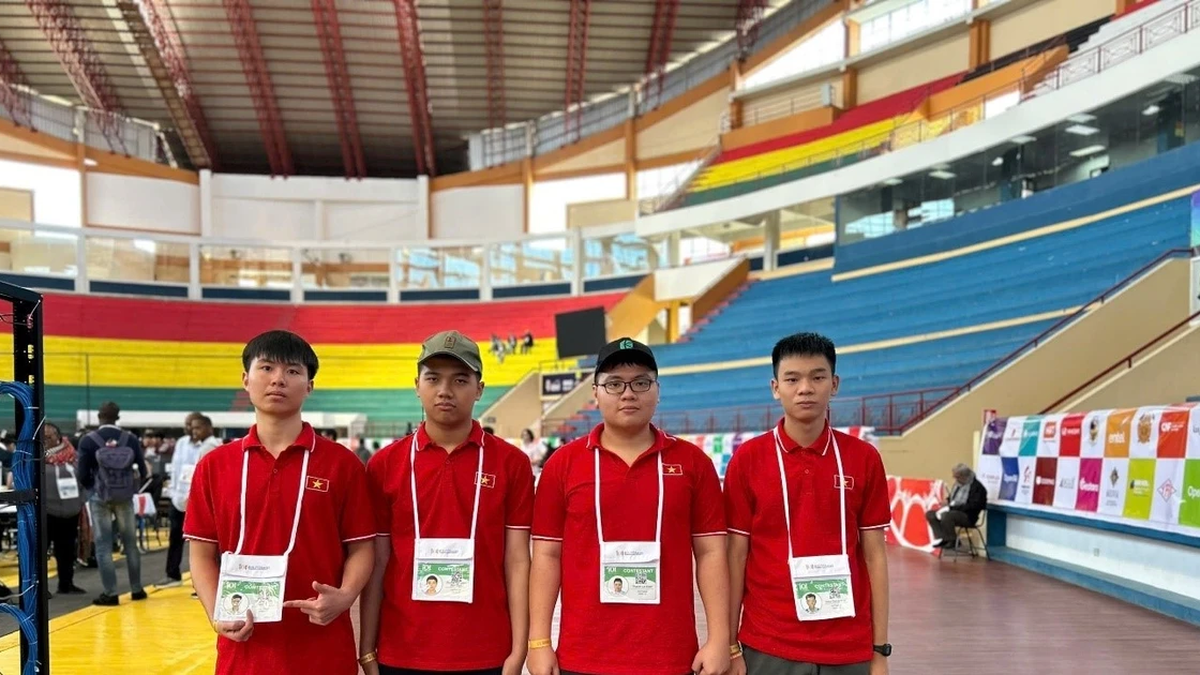


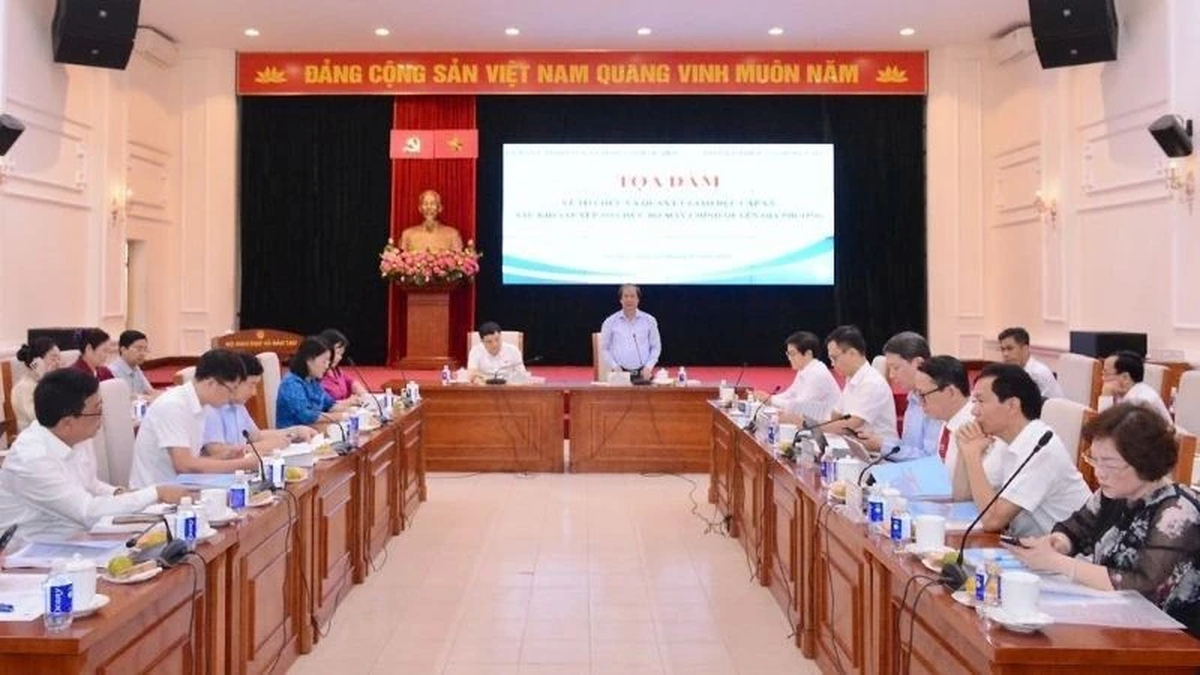
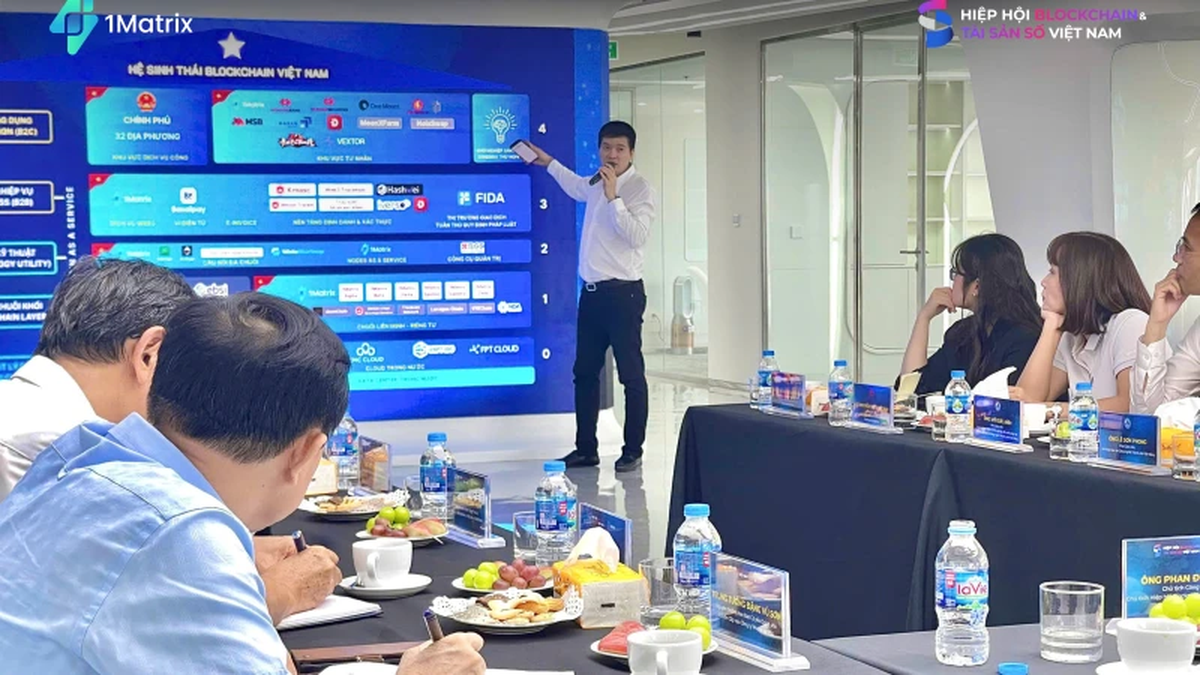
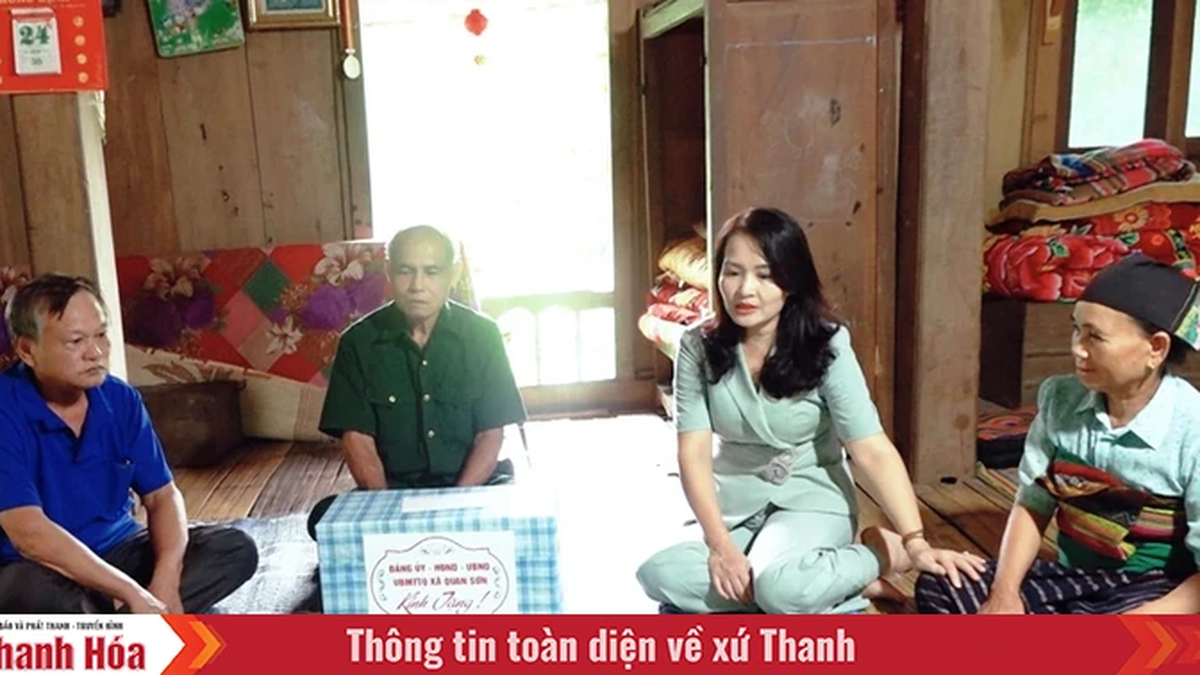
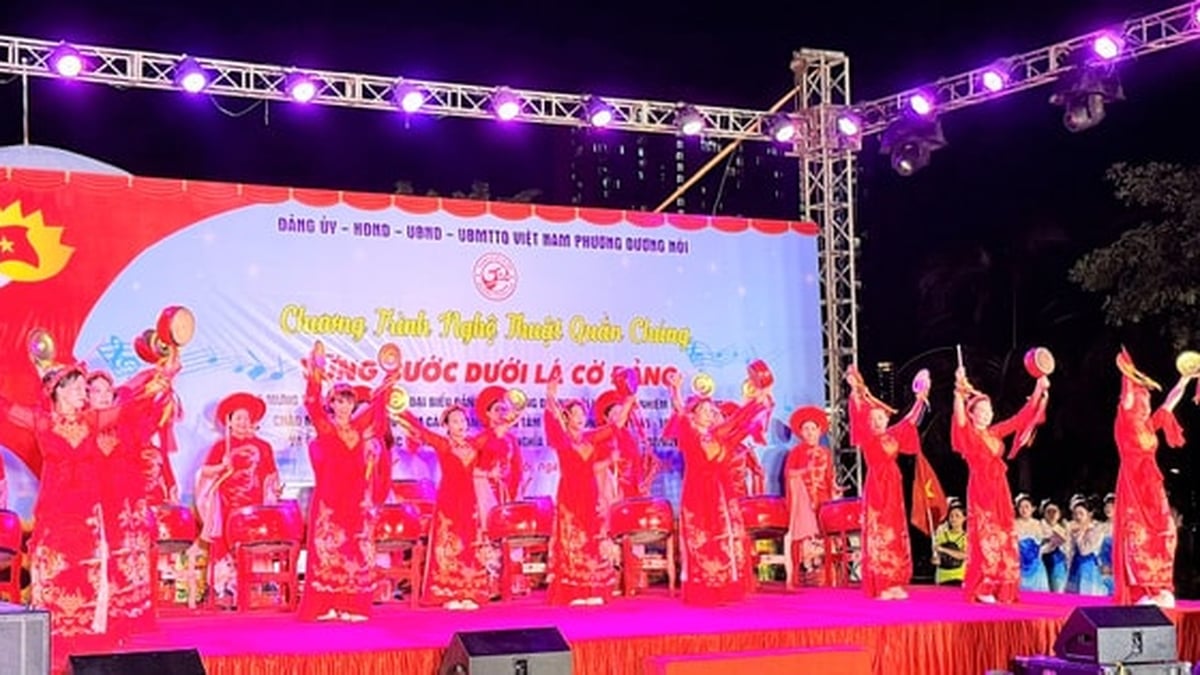
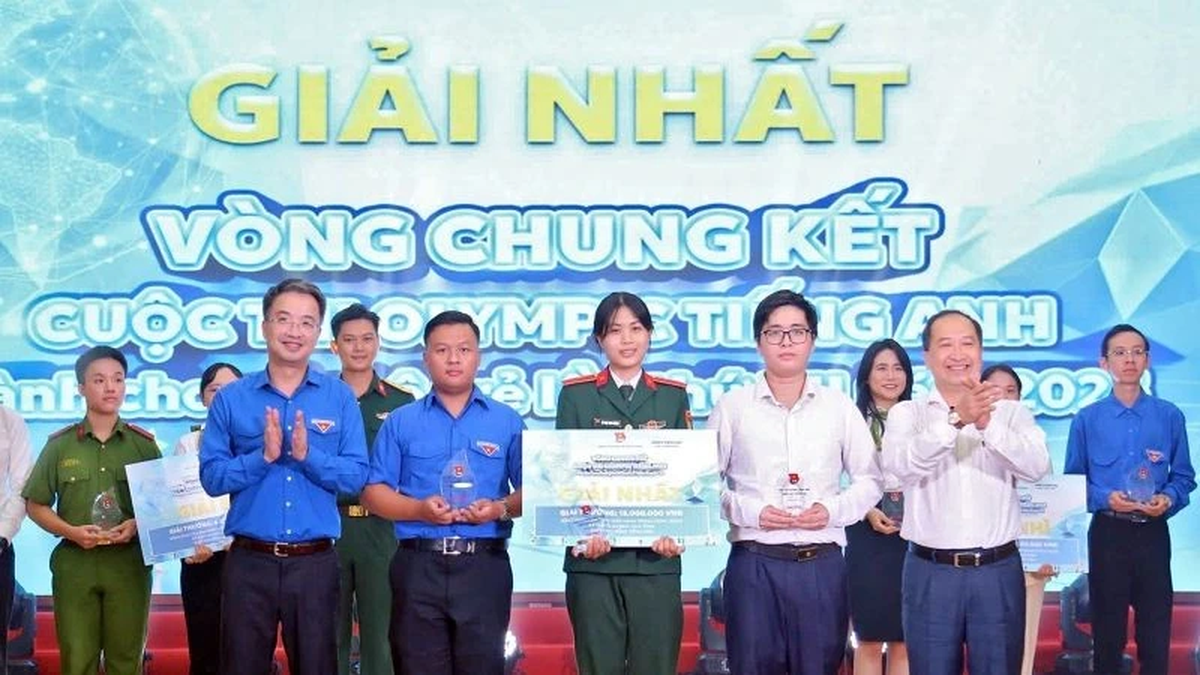























































































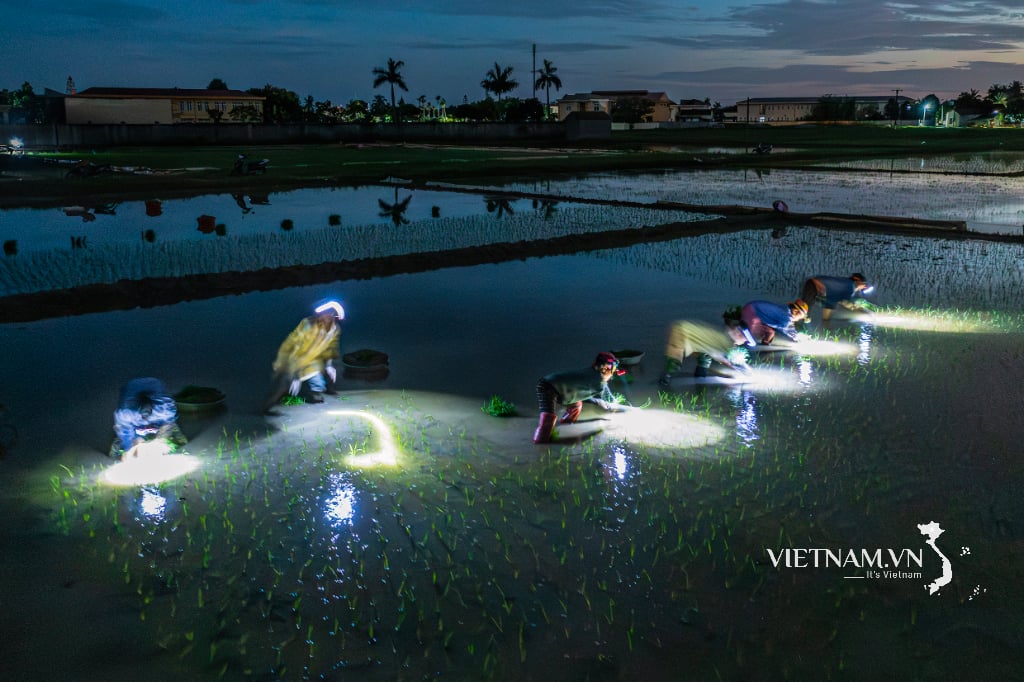
Comment (0)